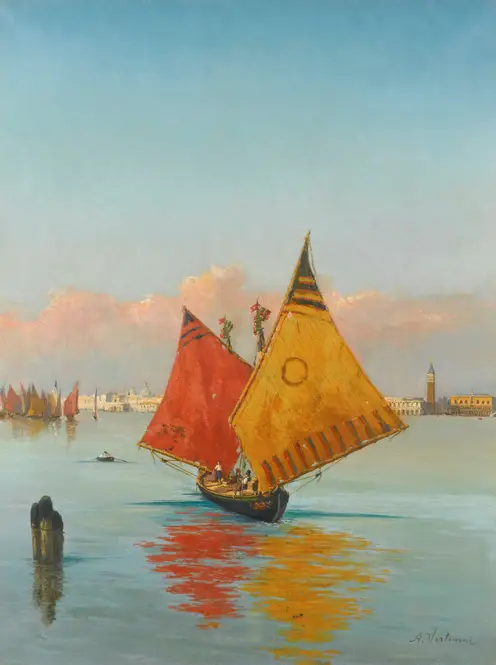Vincent van Gogh’s *Landscape from Saint-Rémy* (1889) captures the raw, swirling energy of the Provençal countryside with thick, restless brushstrokes that seem to pulse with life. The sky churns in blues and whites, mirroring the undulating fields below, where patches of golden wheat and dark cypress trees create a rhythmic dance of light and shadow. Painted during his stay at the Saint-Paul-de-Mausole asylum, the work reflects both the turbulence of van Gogh’s mind and his deep connection to nature—each stroke feels urgent, as if the scene might dissolve at any moment.
What makes this piece fascinating is how it balances chaos with harmony. The rolling hills and clustered farmhouses suggest stability, yet the wild, almost frantic application of paint reveals an emotional intensity that defies calm. Van Gogh transforms the ordinary into something extraordinary, infusing the land with a sense of movement that feels alive. Even the trees twist upward like flames, as if reaching for something just beyond the frame.

-full.webp)
-full.webp)

-full.webp)
-full.webp)

-full.webp)
-full.webp)
-full.webp)